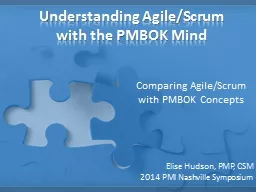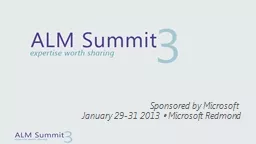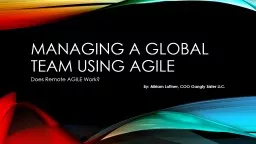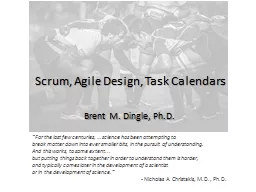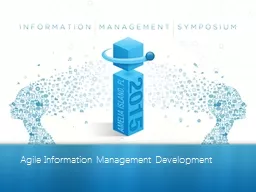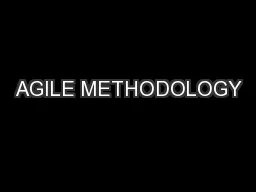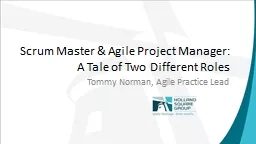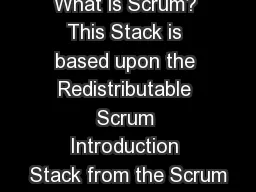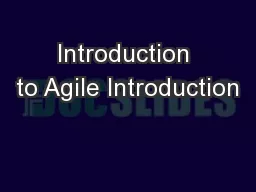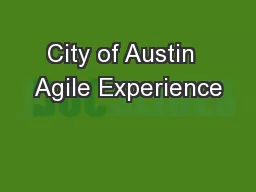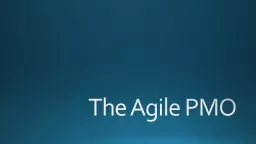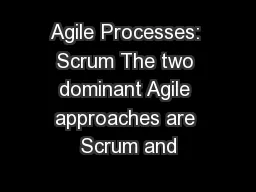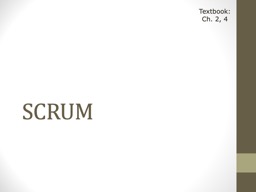PPT-Understanding Agile/Scrum
Author : luanne-stotts | Published Date : 2017-06-13
with the PMBOK Mind Comparing AgileScrum with PMBOK Concepts Elise Hudson PMP CSM 2014 PMI Nashville Symposium Bio Information 2 PMP CSM MPA 20 Years in IT 12 Years
Presentation Embed Code
Download Presentation
Download Presentation The PPT/PDF document "Understanding Agile/Scrum" is the property of its rightful owner. Permission is granted to download and print the materials on this website for personal, non-commercial use only, and to display it on your personal computer provided you do not modify the materials and that you retain all copyright notices contained in the materials. By downloading content from our website, you accept the terms of this agreement.
Understanding Agile/Scrum: Transcript
Download Rules Of Document
"Understanding Agile/Scrum"The content belongs to its owner. You may download and print it for personal use, without modification, and keep all copyright notices. By downloading, you agree to these terms.
Related Documents

